SummarySoldiers of Napoleon provides a fast-moving and entertaining game. The cards pose tricky choices and have bags of period flavour. Our historical scenario gave moments of high excitement and a plausible outcome. Highly Recommended. DetailI recently bought Soldiers of Napoleon, the new card-moderated tactical rules by Warwick Kinrade, author of Battlegroup (and more besides). Five of us played our first game last week, using a scenario based on the fight for Markkleeberg during the Battle of Leipzig. This clash between Poles, French, Prussians and Russians seemed a good testing ground for the rules. The mechanics for movement, fire and melee are intuitive, straightforward and easy to learn. They hang together well, give good period flavour and on their own could have been the basis for a respectable IGO-YOUGO game. The card deck, however, takes things to another level. Every turn, each side receives a hand of cards linked to the number of Brigade or higher commanders on the table and players alternate card play until both run out. A card has three possible uses: to issue orders to a given number of units within a brigade; to rally units; or to play the special event that is described on the card. I’ve seen a couple of reviews that describe the rules at length so rather than repeat it all again, I’ll try to show how they affected our battle. I have put the Markkleeberg scenario here. I created it by following the game preparation procedure in the rules. The main Tactical Orders for both sides were chosen for them (Coalition attacking, Franco-Poles defending). The Order of Battle was fun to write because SoN doesn’t have standard unit sizes. A battalion or cavalry regiment can have between 2 and 6 stands, or roughly between 250 and 800 men. This suits the OoB for Markkleeberg well, as Helfreich’s 14th Corps was seriously understrength (so 3 stands per battalion), the Polish Cuirassiers only consisted of 2 squadrons/bases and the Prussian Landwehr battalions were numerous (but inexperienced). How the game playedWe played the scenario with two players per side. The Poles deployed their three brigades first, then the Allies set up in left echelon. Both sides had reserves off the table. The Russian 14th Corps advanced on the right; Coalition artillery in the centre bombarded the Polish hilltop position and the Prussian Foot screened Markkleeberg on the left. The Poles played a special event early on that allowed the Krakus lancers to advance far down the table and catch and destroy a Russian battalion in column (an incident that was only made possible by the special event: without it, the Russians would have had time to form square and fire at the threatening cavalry). This dislocated the Russian assault and bought time for the defenders, while the rest of Helfreich’s Corps formed square until the Krakusi retired. The Poles used another special event to bring in fire from the Grand Battery to their left rear. Phase 1 therefore gave the advantage to the defenders. In phase 2 the Russian assault got going again. A counter battery exchange in the centre went badly for the Poles and the Coalition artillery then whittled down the Vistula Regiment in the Polish centre as 14th Corps closed, supported by the Loubny Hussars. The French Reserve brigade arrived on the right and this, together with the Polish garrison of Markkleeberg, went forward to relieve pressure on the centre. Two Polish battalions chewed up a Prussian Landwehr battalion near the village and the Coalition left was now looking shaky. In response the Coalition played a special event to change the arrival location of their reserves to the Markkleeberg sector, which helped stabilise their left. In the final phase, the Coalition managed to shoot the Polish Division commander by playing a special event. The Russians then closed with the Polish centre and duffed it up enough to win the victory. The Love Child of Battlegroup and Longstreet?I love these rules! They do remind me of Longstreet, my (so far?) favourite rules for any period, which are also card-moderated and have a similar mixture of simple mechanisms and really challenging choices. Like Longstreet, SoN makes events possible that just don’t happen in many wargames, such as surprise attacks, missing ADCs, incoming damage from off-table batteries and stray bullets taking down senior officers. The sense of narrative and of history is really strong, which shouldn’t be a surprise from the author of Battlegroup.
All involved in this game want to play again and we all took away some thoughts on how better to play the cards next time.
0 Comments
I have been rattling through my 20mm German figures this past week, trying to create enough points for a platoon sized game of Battlegroup. Latest to finish are a Stuh and three Stugs. My painting skills aren’t great but I think they’ll do for gaming. I am trying various weathering powders, mud textures and washes. I could probably add a lot more weathering but don’t want to go overboard and regret it later. I have three Panzer IVs undercoated but will finish them after I paint a Sherman tank troop and 6pdr with tow. The models are a mix of Combat miniatures, Airfix, PSC, Armourfast and a rather hefty diecast Tiger made by Lord knows whom. The model houses are a box of card models I picked up in a Bring and Buy at Valhalla a couple of years ago. I wish I could remember the manufacturer. They were top of the range in the 80s and still look good to me.
I have recently picked up a project that I had abandoned a good four years ago. The year that Warhammer Historical folded, I had picked up a cut price copy of Kampfgruppe Normandy by Warwick Kinrade. It is one of the best rulebooks I have ever read, packed full of historical information, scenarios, Army lists and photographs. I bought the makings of two 20mm forces, one British and one German. I painted a platoon of British and assembled some vehicles, but then stopped. The main reason was the gift of some 28mm Germans and a Warlord King Tiger, followed closely by a group decision to start up some forces for Bolt Action. We have been steadily building our Bolt Action armies and I especially enjoyed creating a stock of terrain pieces.
Bolt Action is great fun but with my table size, it will only ever permit platoon sized games. Tank War in particular is frustrating since the action all occurs at such close ranges. I hanker after something bigger, if only company or battalion level. Last summer I picked up the new printing of Battlegroup, which is pretty much the exact replica of Kampfgruppe Normandy. Another well-written rulebook, although less full of goodies than KgN, it has got me back into playing with smaller models. The 20mm project is back on track. Several times in recent years I came close to selling my unfinished 20mm collection to fund new projects. I am relieved I didn’t. I have now painted two platoons of German Grenadiers, various support vehicles and an Assault gun. Several models are rejuvenated plastics that my friend Keith used to play with in the 70s. He donated them to me when a house move finally compelled him to thin out his collection. I have also picked up some new kits and am mid way through painting 3 panzer 4s and a troop of Stugs. 4 Shermans and two 6pdrs are on the production lines. I now have to persuade poor long-suffering Matt to give Battlegroup a try. I swear he thinks this is my way of stopping him from developing his skills. Every time he masters one set of rules I hit him with a new one. In this case, I know he will thank me for the introduction. |
Archives
November 2023
Categories
All
|
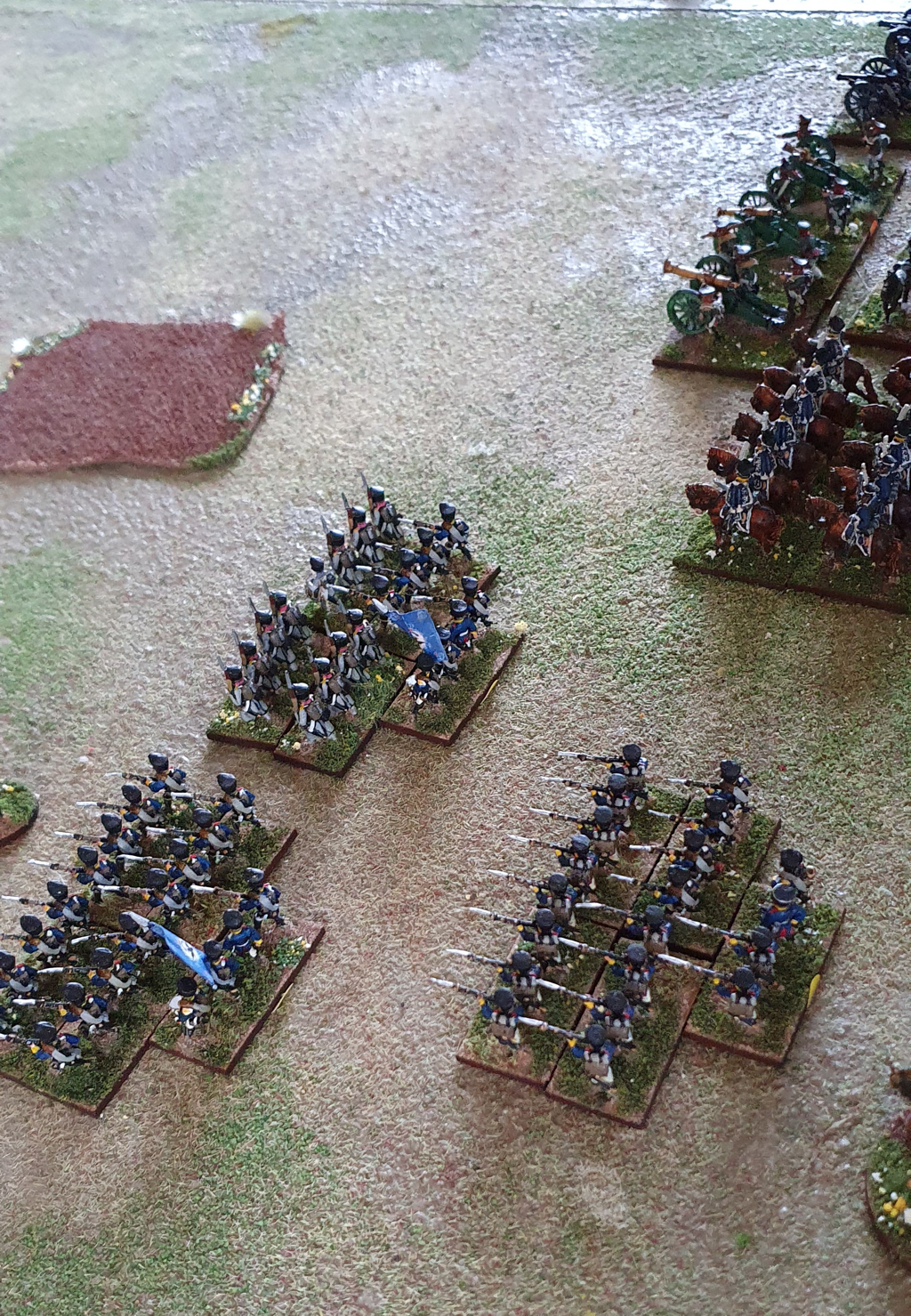
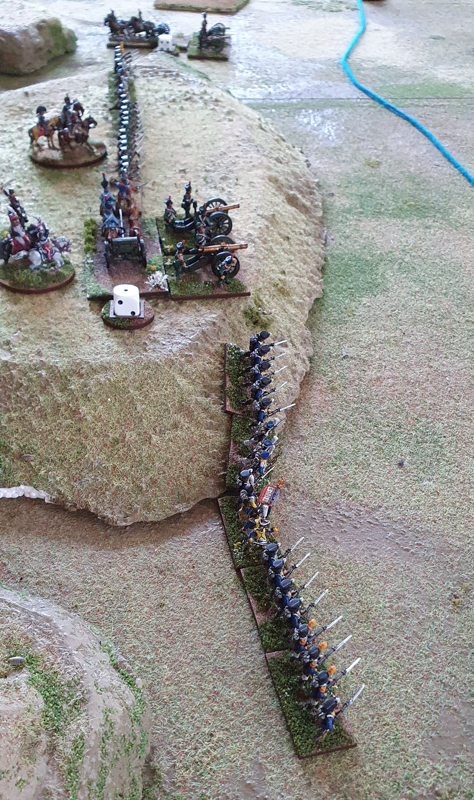
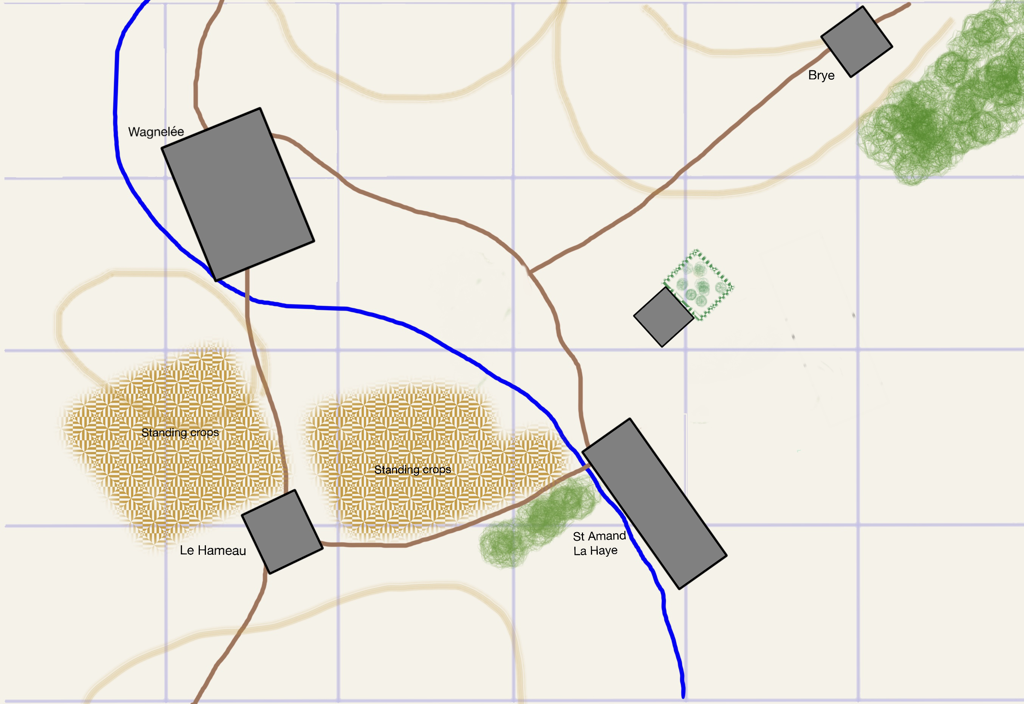
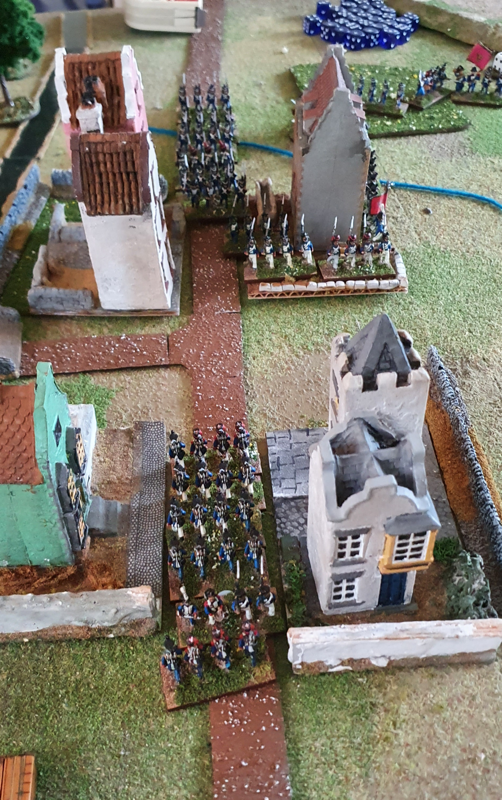
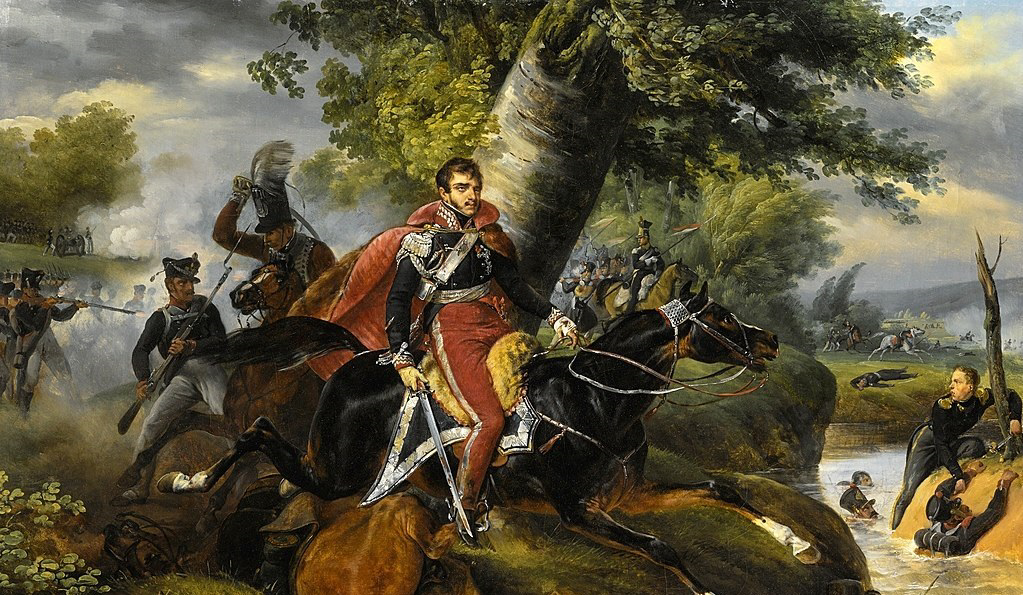
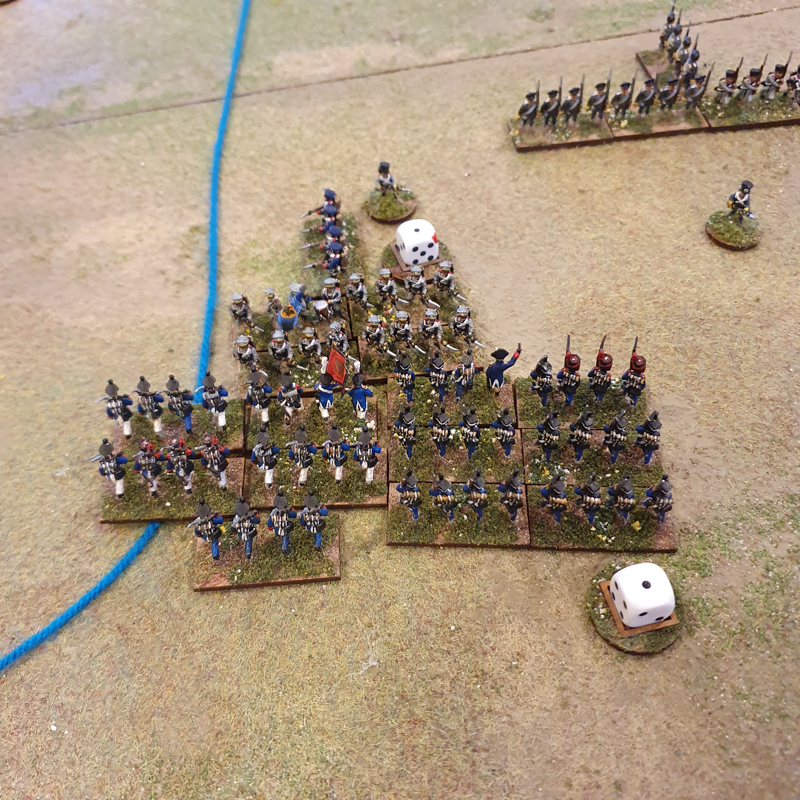
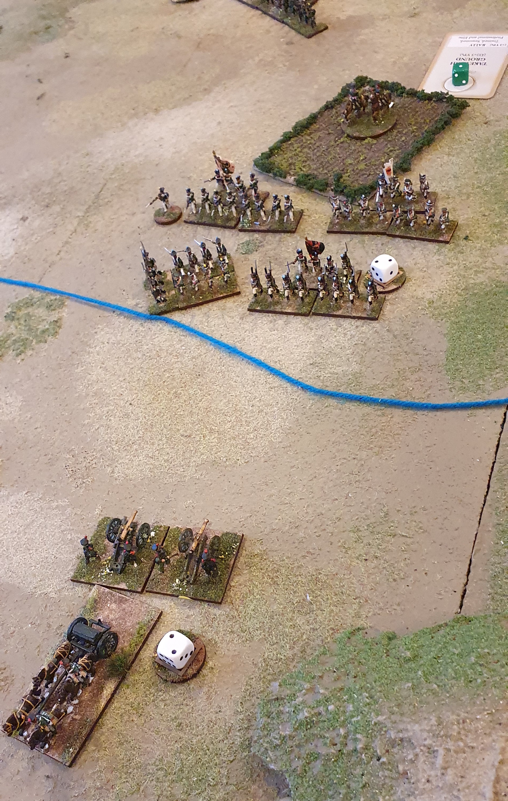
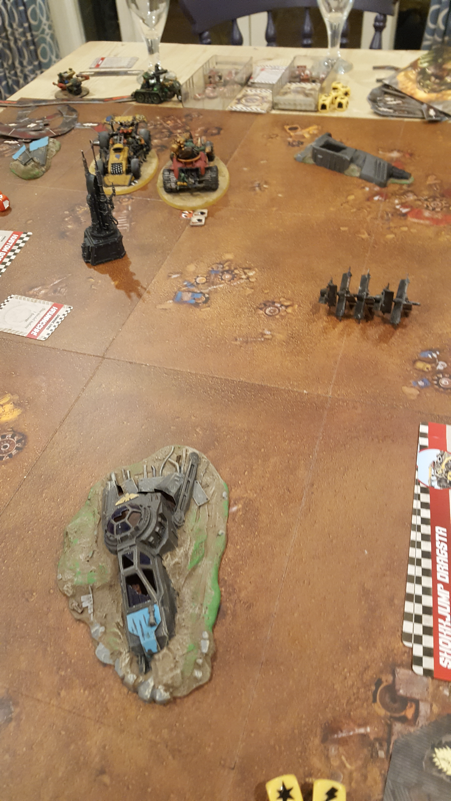
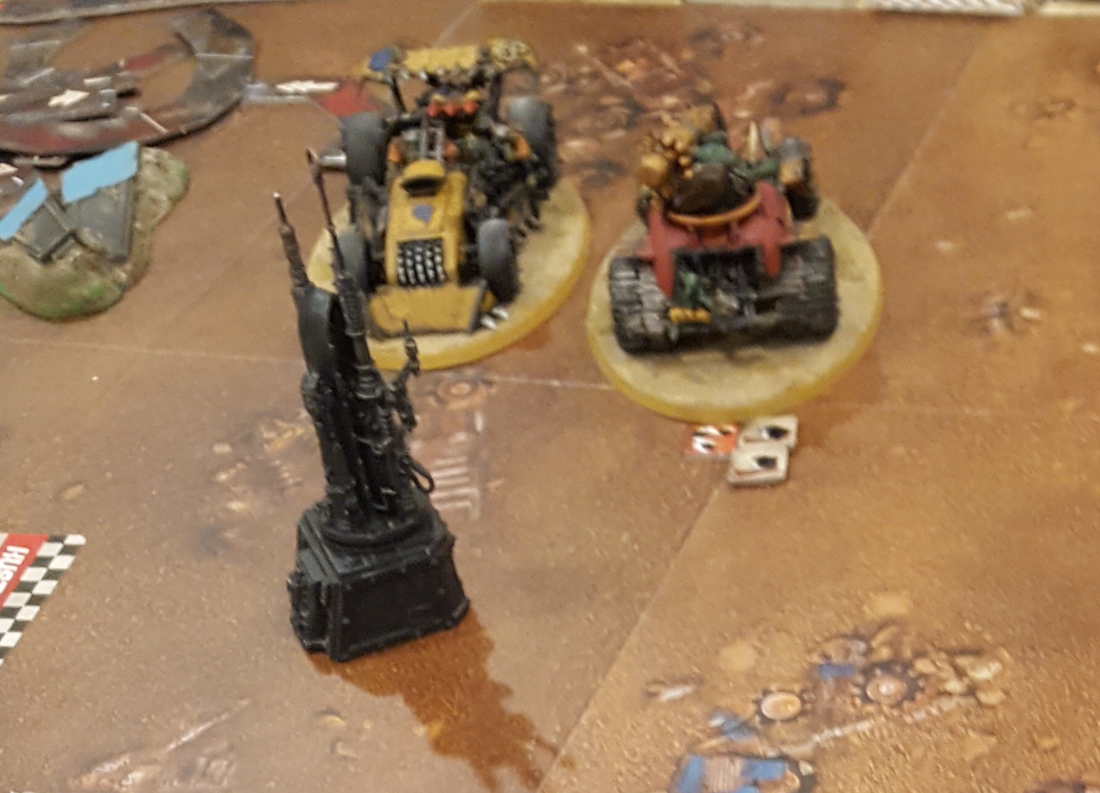
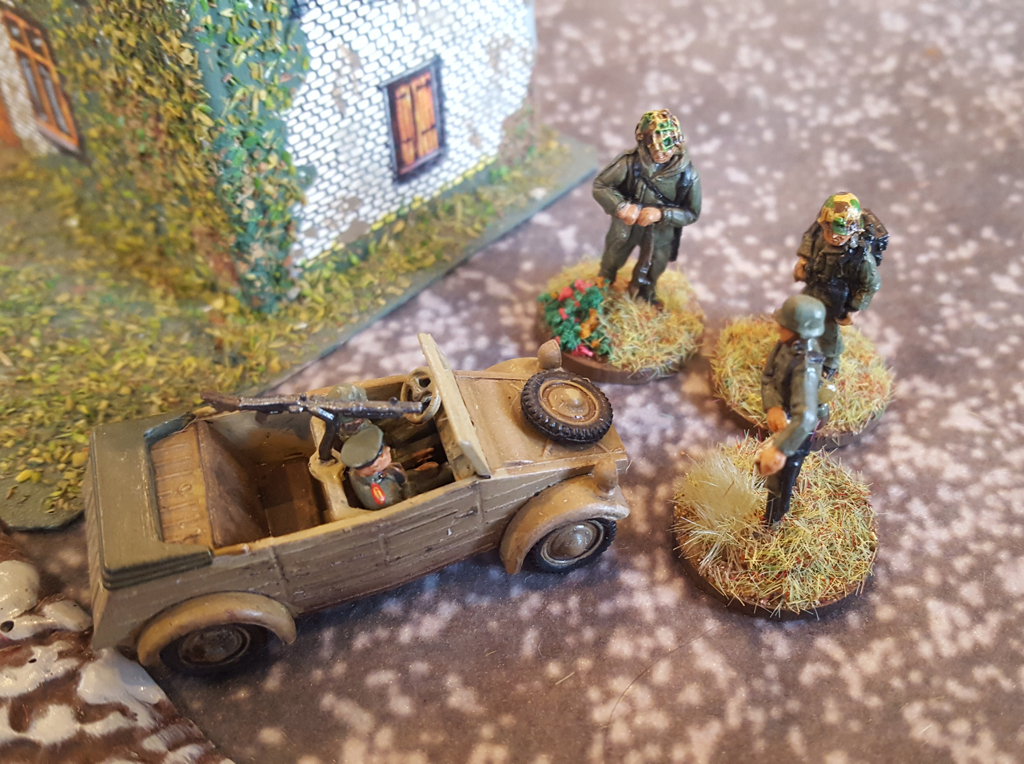
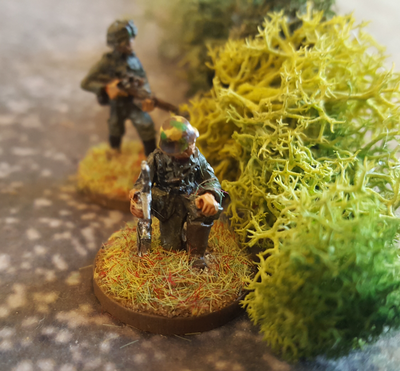
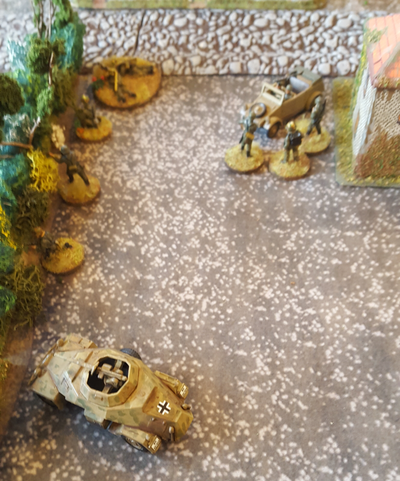
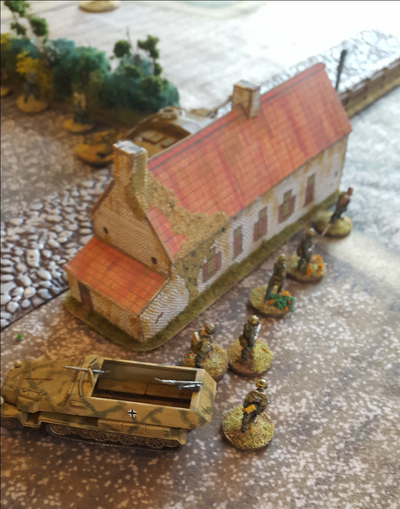
 RSS Feed
RSS Feed